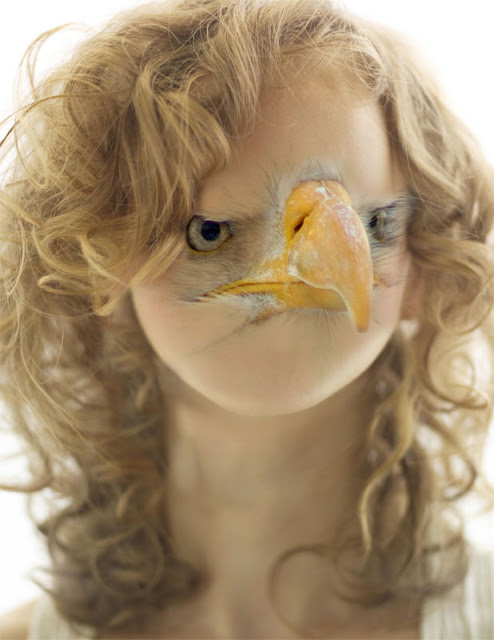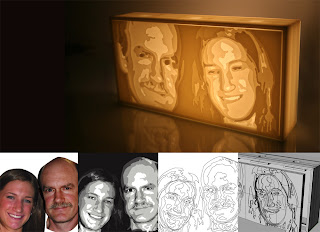Photoshop image manipulations

In my photoshop class (Etec312) at Western my students have been taking various photos and images and making strange and scary mash-up manipulations. Here are some of them... Eagle woman by Erin Yoakum New Species by Jesse Savage Star Trek rocks out! by Antonio Mendez Bill Stepping Up by Alex McCulloch Baby by Evan McCormack The BILK by Ryan Mahan Paris' big secret by Jannike Lindberg (Not exactly ID, but good practice with Photoshop) bicycle t-shirts, stickers, iPhone cases and other gear.



















